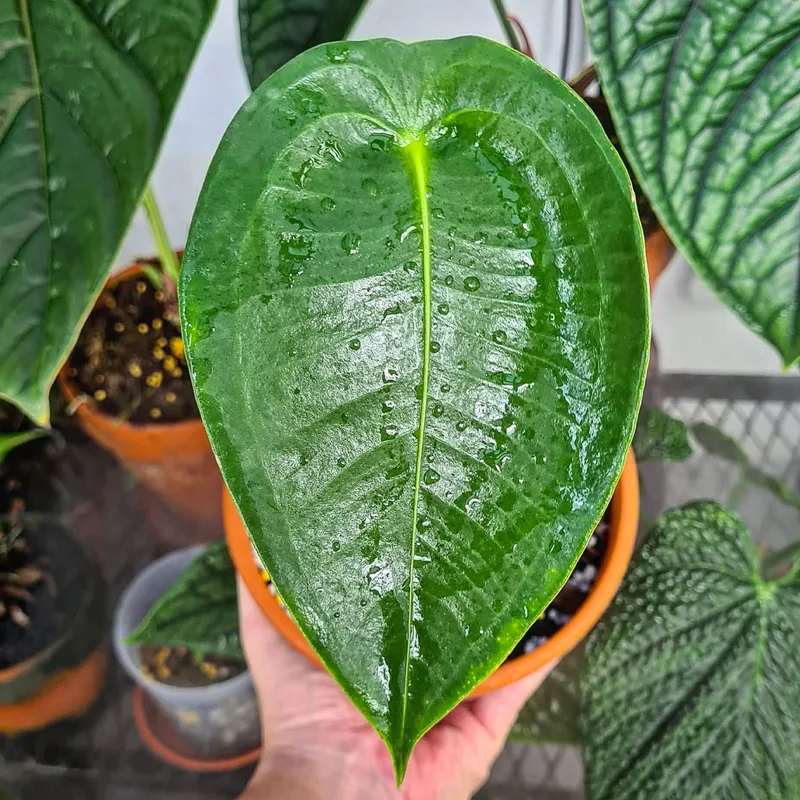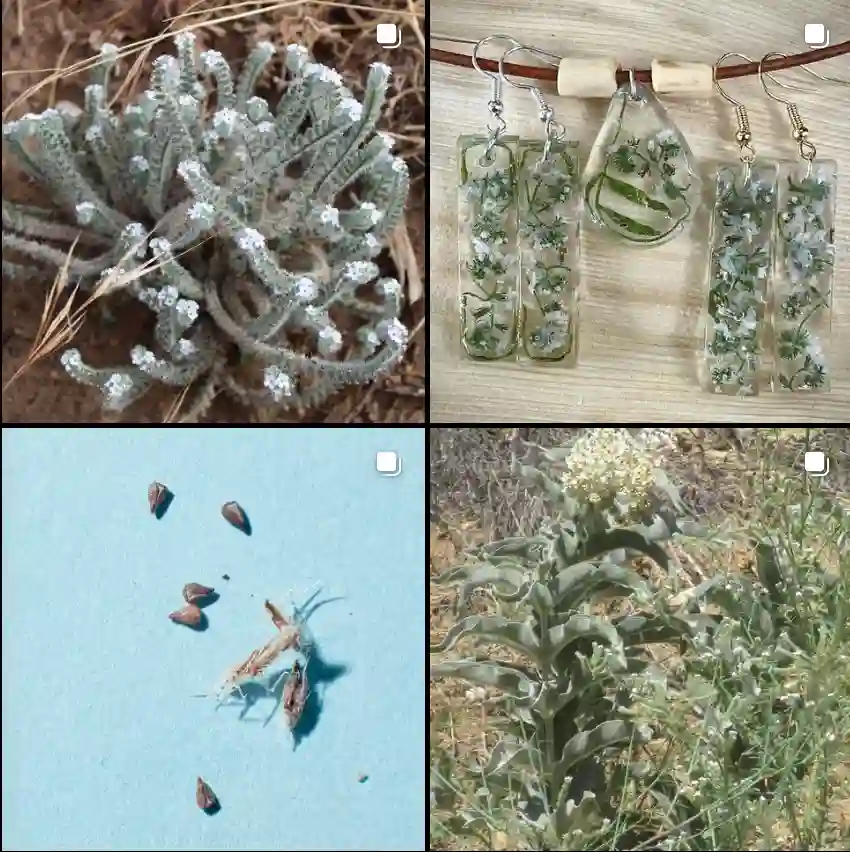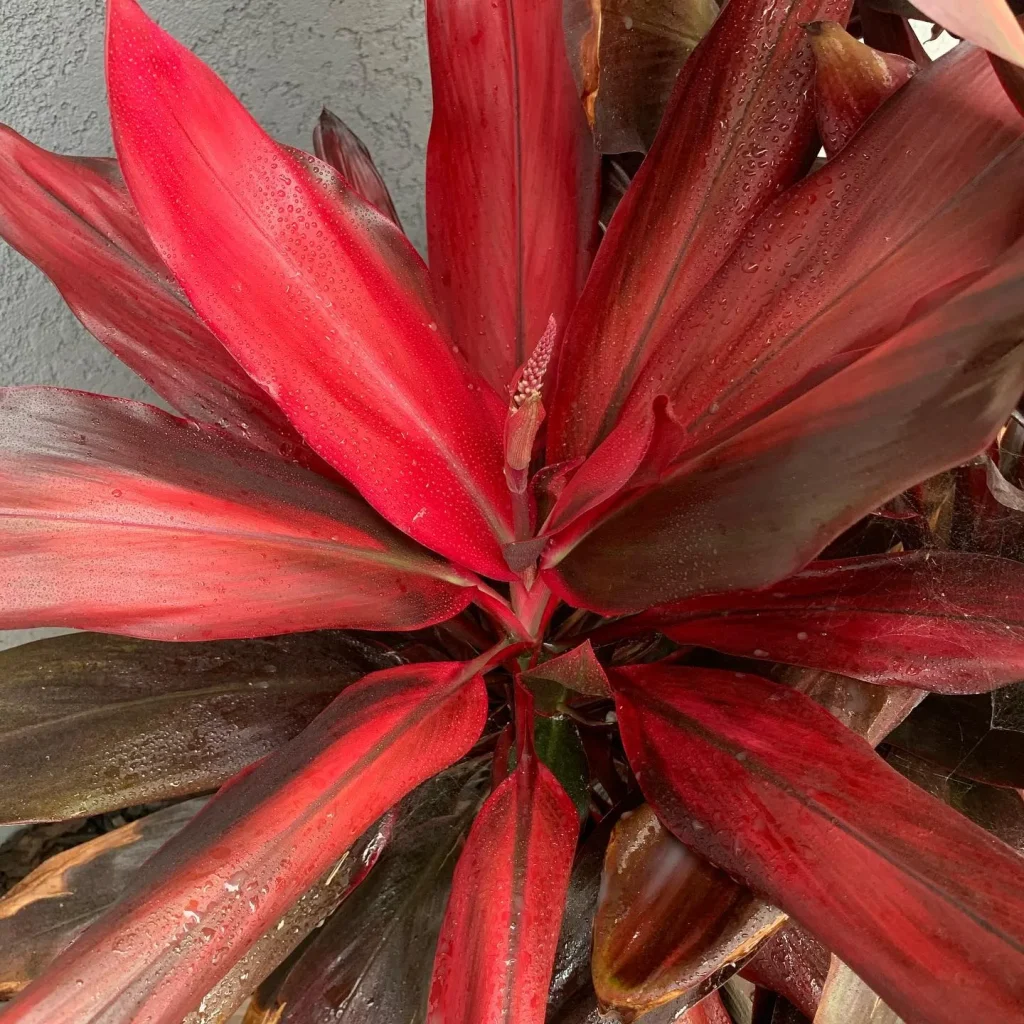Cyanotis: A Personal Exploration of the Fuzzy, Blue-Blooming Beauties
I’ve always been drawn to the unusual, the overlooked, the hidden gems of the plant world. That’s how I stumbled upon the genus Cyanotis, a group of fascinating plants that often get overshadowed by their more flamboyant relatives in the Commelinaceae family (think Tradescantia and Zebrina). But for me, these fuzzy, blue-blooming wonders hold a special charm.
Cyanotis, meaning “blue ears” in Greek, perfectly captures the essence of these plants. Their flowers, often a vibrant shade of blue, are nestled within fuzzy, ear-like bracts. This unique characteristic, combined with their trailing growth habit and adaptability, makes them a captivating addition to any plant collection.
Diving Deep into Diversity: The Many Faces of Cyanotis
The Cyanotis genus boasts a diverse range of species, each with its own unique personality. While the exact number of species is debated, it’s estimated that there are around 50, with new ones still being discovered. Here are a few of the most notable:
- Cyanotis somaliensis: Perhaps the most popular member of the genus, this species is beloved for its fuzzy, silvery leaves and vibrant blue flowers. It’s a vigorous grower, making it an excellent choice for hanging baskets or ground cover.
- Cyanotis arachnoidea: This species stands out with its long, trailing stems and clusters of small, blue flowers. It’s a popular choice for terrariums and vivariums due to its moisture-loving nature.
- Cyanotis cristata: This species is native to Asia and features delicate blue flowers that emerge from fuzzy, crested bracts. It’s a less common species in cultivation but equally captivating.
- Cyanotis vaga: This species is characterized by its succulent-like leaves and ability to tolerate drier conditions compared to other Cyanotis. It’s a unique and intriguing addition to any succulent collection.
- Cyanotis adscendens Dalzell
- Cyanotis ake-assii Brenan
- Cyanotis angusta C.B.Clarke
- Cyanotis arcotensis R.S.Rao
- Cyanotis axillaris (L.) D.Don ex Sweet
- Cyanotis beddomei (Hook.f.) Erhardt, Götz & Seybold
- Cyanotis burmanniana Wight
- Cyanotis caespitosa Kotschy & Peyr.
- Cyanotis ceylanica Hassk.
- Cyanotis ciliata (Blume) Bakh.f.
- Cyanotis cucullata (Roth) Kunth
- Cyanotis cupricola J.Duvign.
- Cyanotis deccanensis Yugandhar, Sivaram., Savithr. & L.J.Singh
- Cyanotis dybowskii Hua
- Cyanotis epiphytica Blatt.
- Cyanotis fasciculata (B.Heyne ex Roth) Schult. & Schult.f.
- Cyanotis flexuosa C.B.Clarke
- Cyanotis foecunda DC. ex Hassk.
- Cyanotis ganganensis Schnell
- Cyanotis grandidieri H.Perrier
- Cyanotis hepperi Brenan
- Cyanotis homblei De Wild.
- Cyanotis karliana Hassk.
- Cyanotis kawakamii Hayata
- Cyanotis lanata Benth.
- Cyanotis lanceolata Wight
- Cyanotis lapidosa E.Phillips
- Cyanotis longifolia Benth.
- Cyanotis loureiroana (Schult. & Schult.f.) Merr.
- Cyanotis lourensis Schnell
- Cyanotis moluccana (Roxb.) Merr.
- Cyanotis nyctitropa Deflers
- Cyanotis obtusa (Trimen) Trimen
- Cyanotis pachyrrhiza Oberm.
- Cyanotis paludosa Brenan
- Cyanotis pedunculata Merr.
- Cyanotis pilosa Schult. & Schult.f.
- Cyanotis polyrrhiza Hochst. ex Hassk.
- Cyanotis repens Faden & D.M.Cameron
- Cyanotis reutiana Beauverd
- Cyanotis robusta Oberm.
- Cyanotis scaberula Hutch.
- Cyanotis speciosa (L.f.) Hassk.
- Cyanotis thwaitesii Hassk.
- Cyanotis tuberosa (Roxb.) Schult. & Schult.f.
- Cyanotis villosa (Spreng.) Schult. & Schult.f.
- Cyanotis vivipara Dalzell
More Than Just a Pretty Face: The Uses and Benefits of Cyanotis
Beyond their ornamental value, Cyanotis plants have also been recognized for their potential medicinal properties. In traditional medicine, some species have been used to treat various ailments, including inflammation, skin infections, and even snakebites. While more research is needed to fully understand their therapeutic potential, the preliminary findings are promising.
Moreover, Cyanotis plants play a crucial role in their ecosystems. Their flowers attract pollinators like bees and butterflies, contributing to the biodiversity of their native habitats. Their trailing growth habit also helps to stabilize soil and prevent erosion.
My Personal Journey with Cyanotis
My fascination with Cyanotis began with a single cutting of Cyanotis somaliensis. I was immediately captivated by its soft, fuzzy leaves and the way its vibrant blue flowers seemed to glow against the silvery foliage. As I delved deeper into the genus, I discovered a world of diversity and beauty that I never knew existed.
I’ve since cultivated several Cyanotis species, each with its own unique charm. I’ve learned to appreciate their adaptability, their resilience, and their ability to thrive in a variety of conditions. They’ve brought me joy, taught me patience, and deepened my connection to the natural world.
Embracing the Underappreciated: Why You Should Consider Cyanotis
In a world obsessed with the rare and the exotic, it’s easy to overlook the humble beauty of plants like Cyanotis. But for those willing to look closer, these fuzzy, blue-blooming wonders offer a wealth of rewards. They’re easy to care for, adaptable to various environments, and possess a unique charm that’s hard to resist.
Whether you’re a seasoned plant collector or just starting your journey, I encourage you to give Cyanotis a chance. You might be surprised by how much you fall in love with these underappreciated gems.
Remember: When acquiring any plant, it’s essential to source it responsibly from reputable growers to ensure the preservation of wild populations and prevent the spread of invasive species. Happy growing!
If i die, water my plants!



